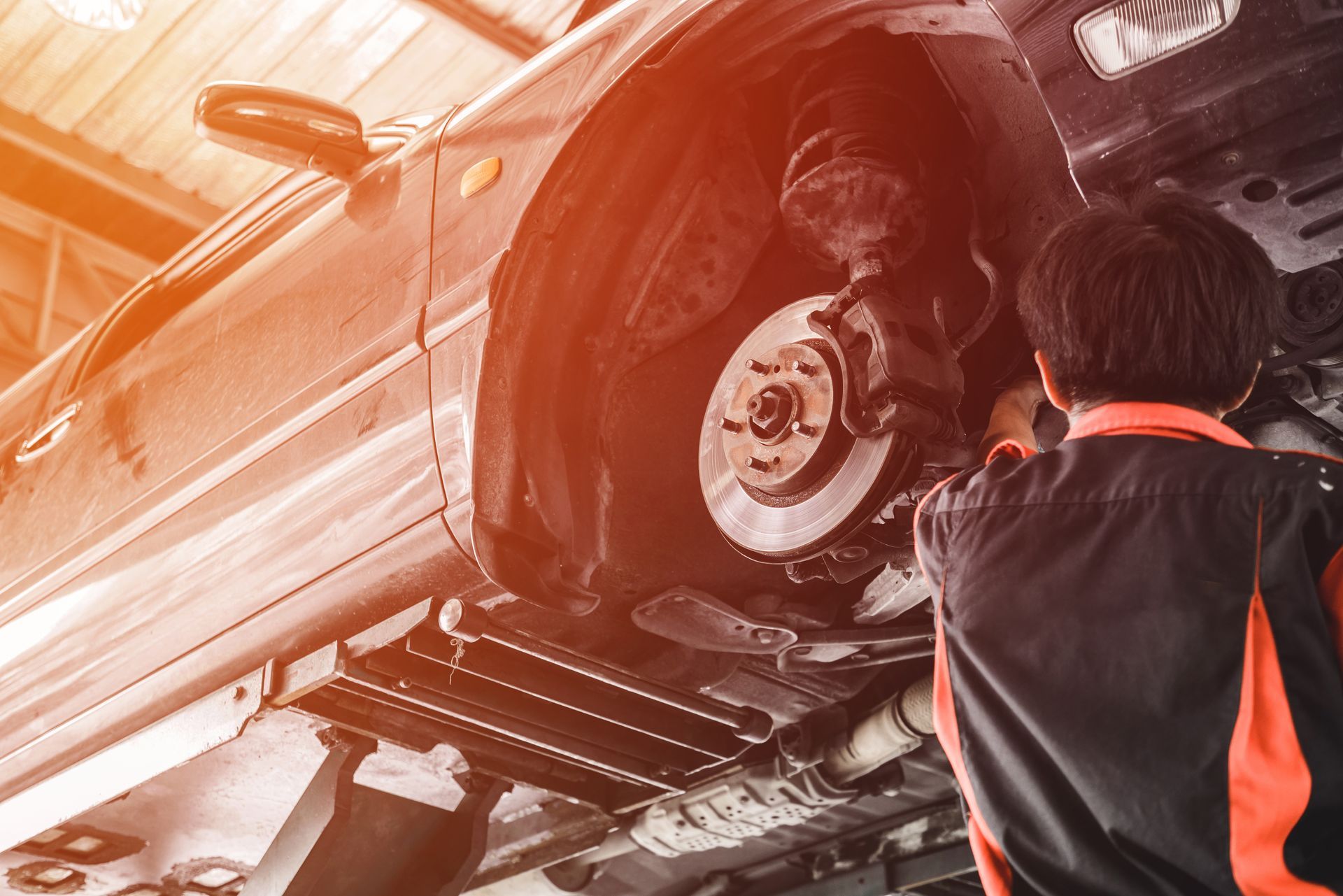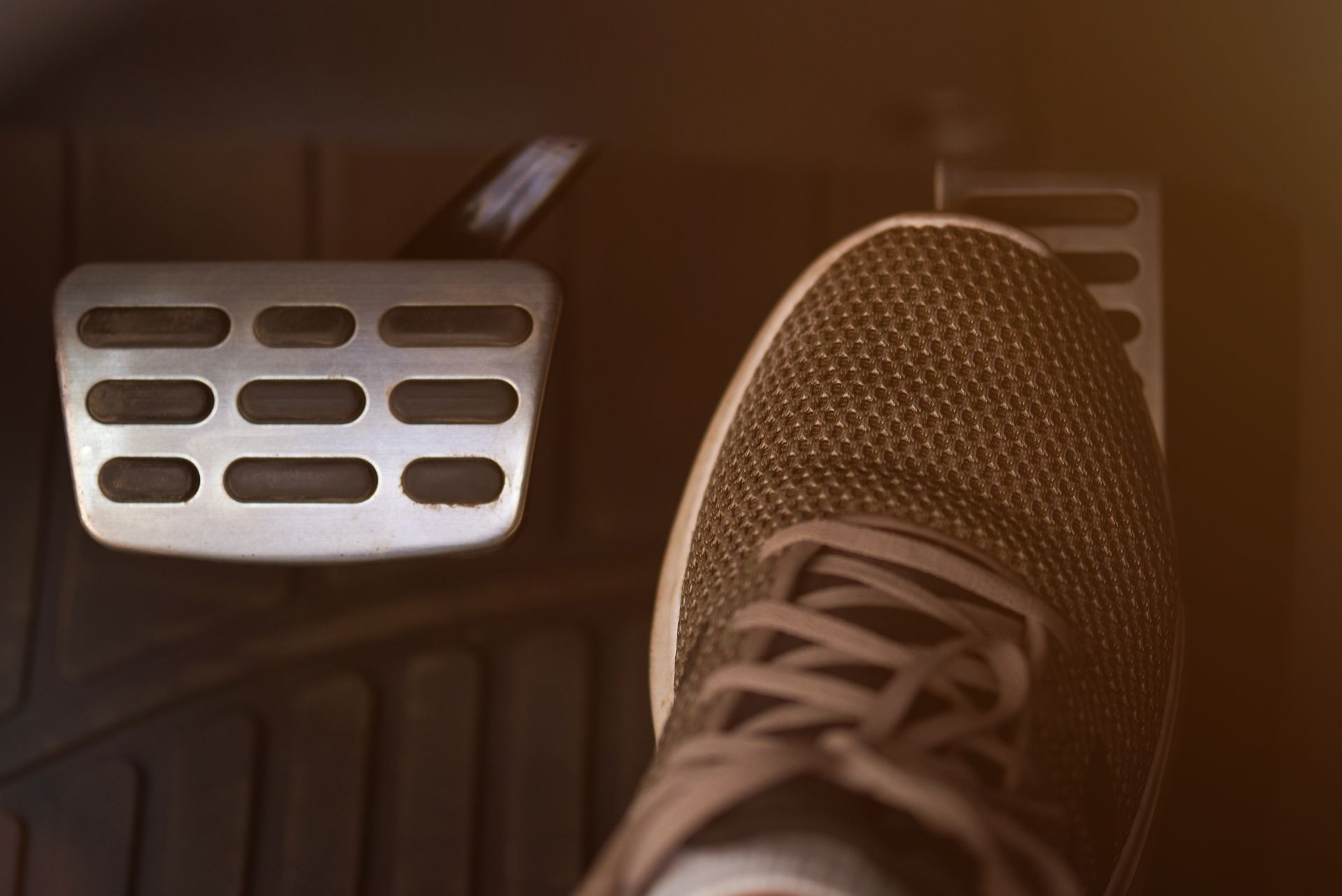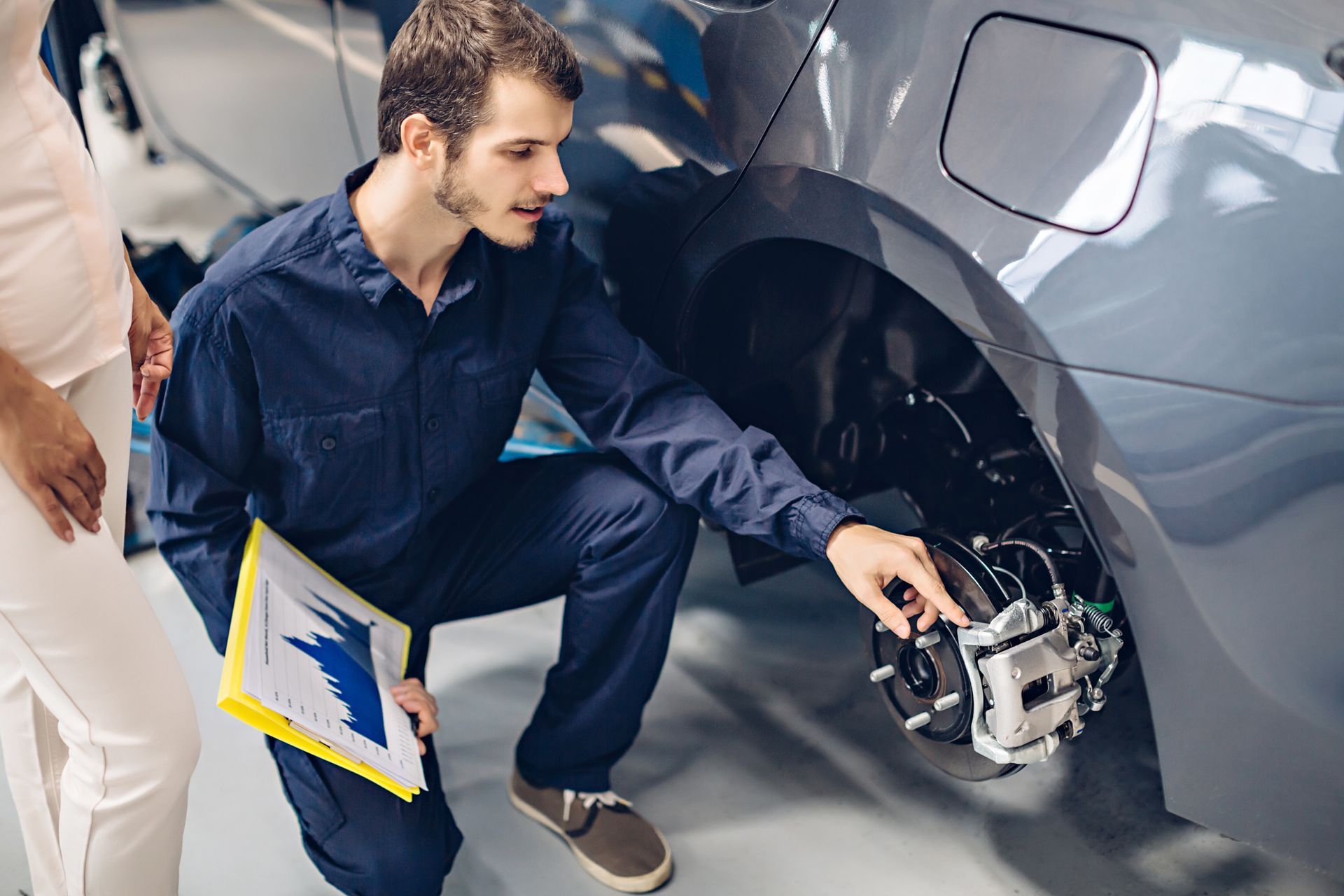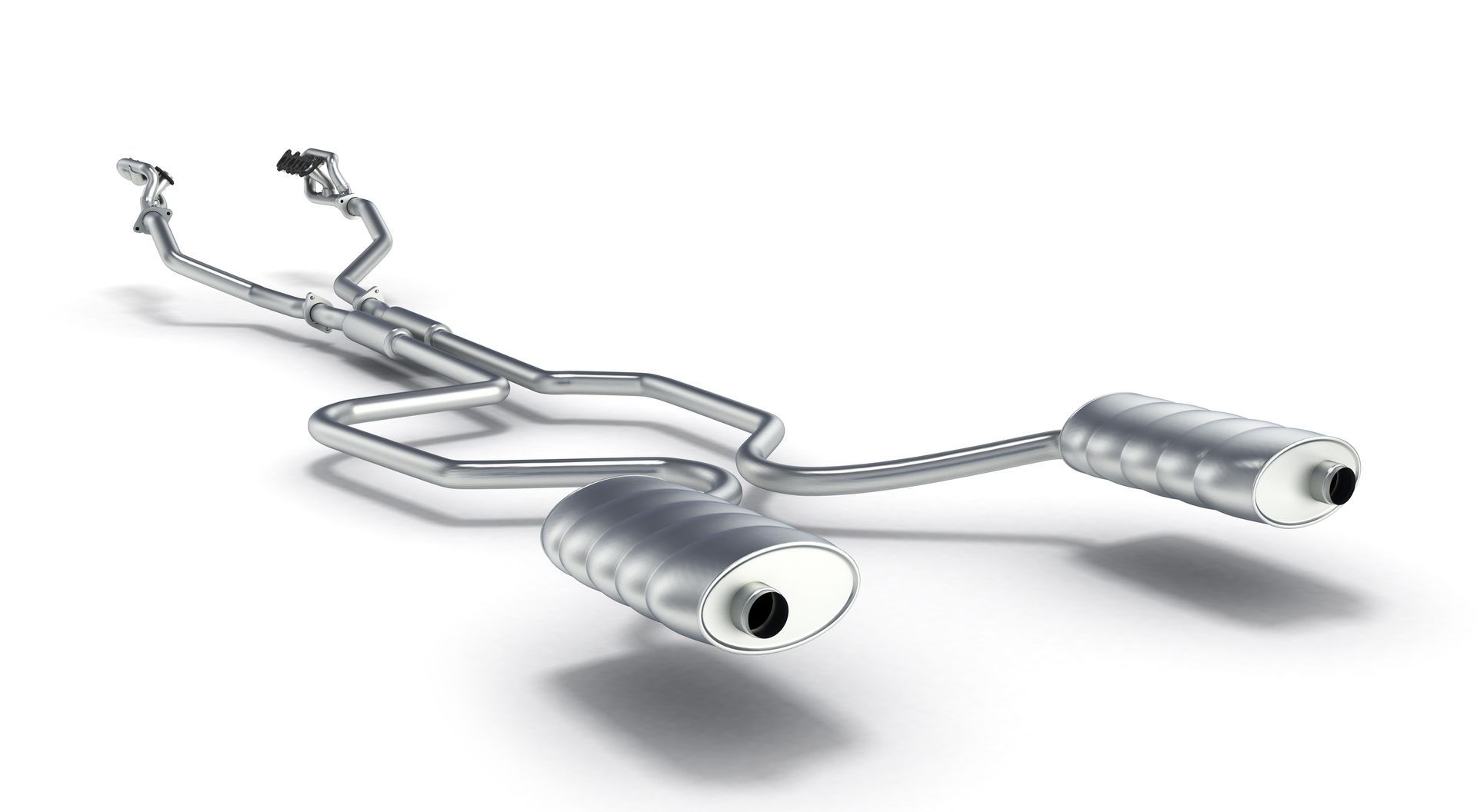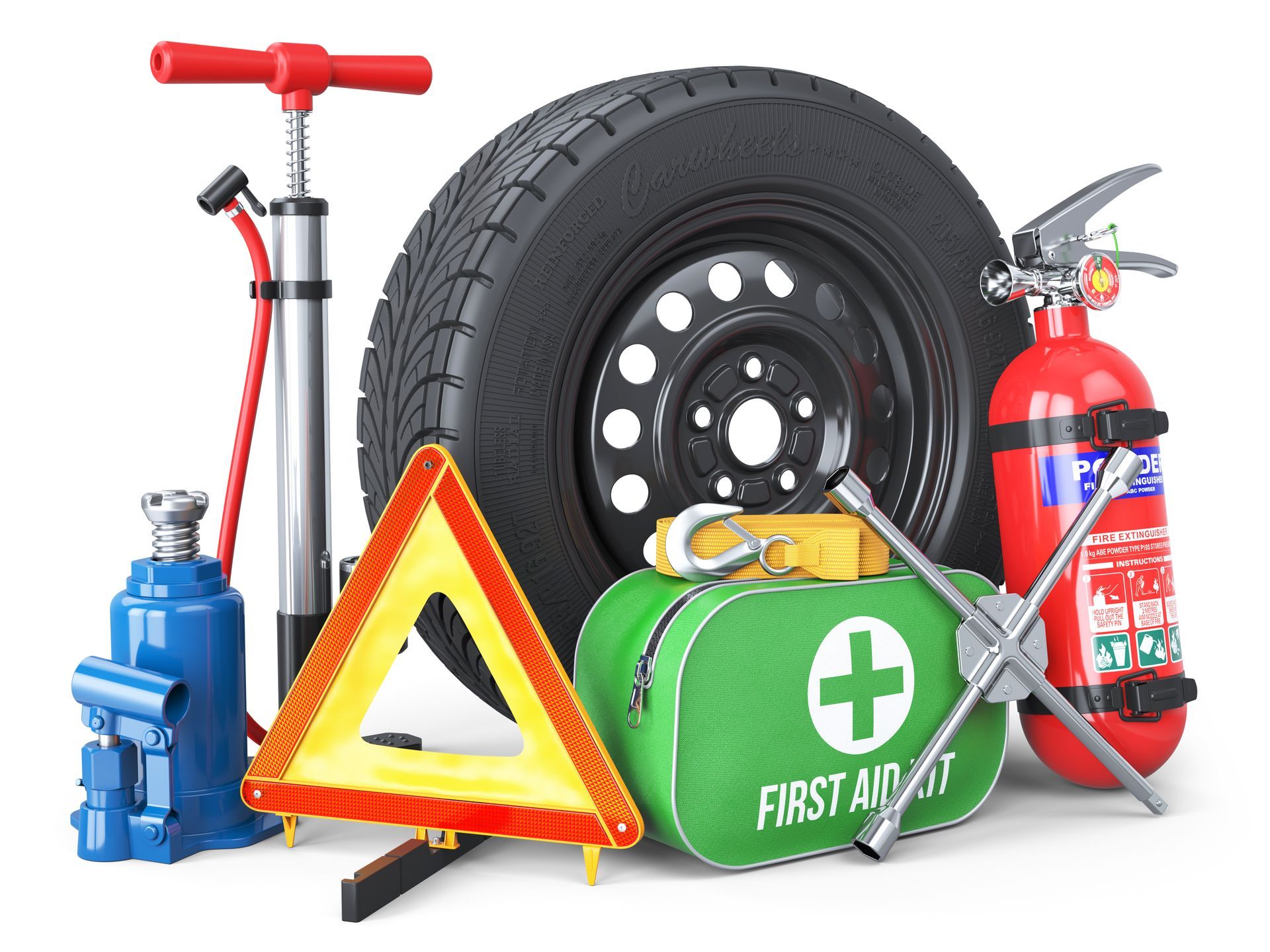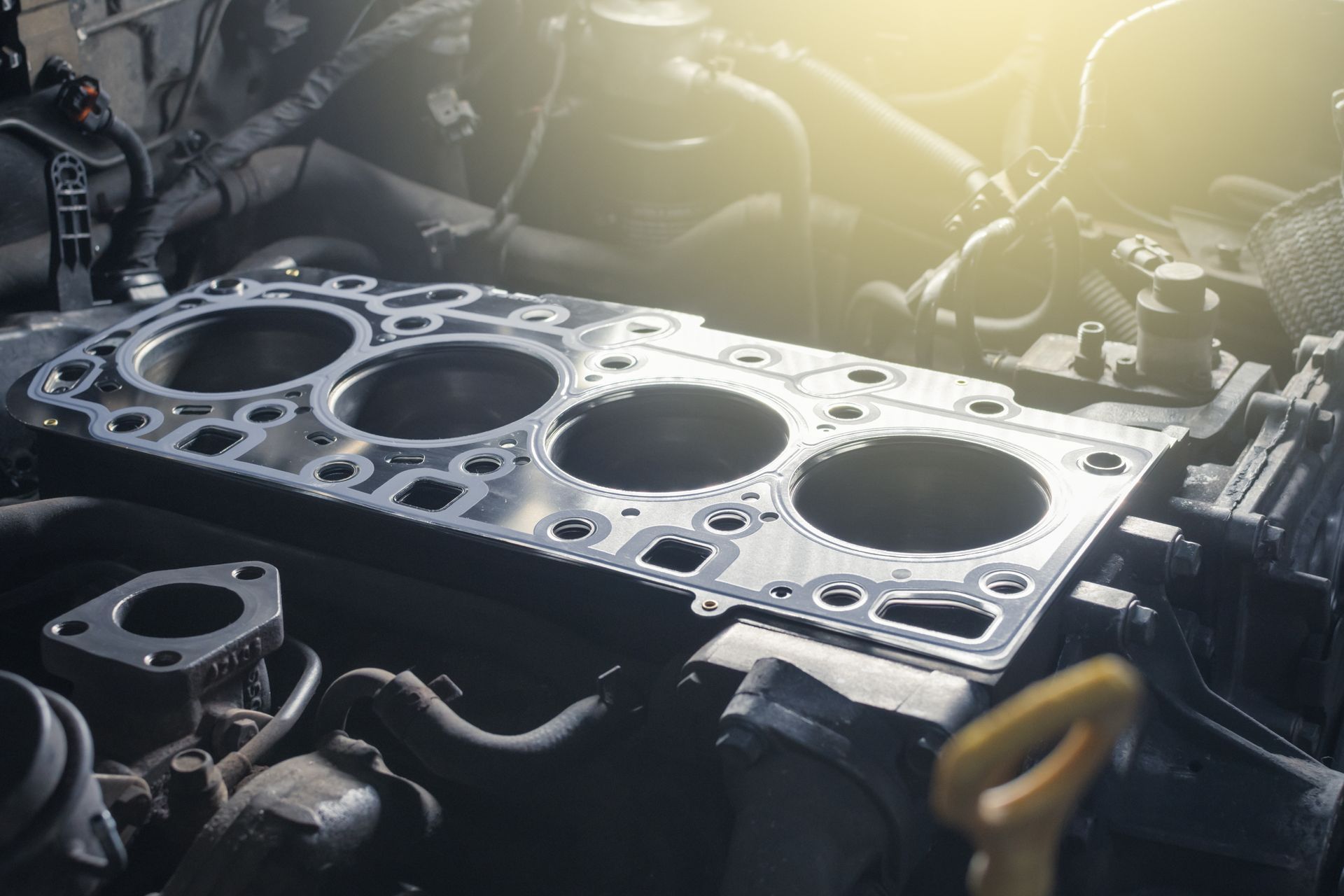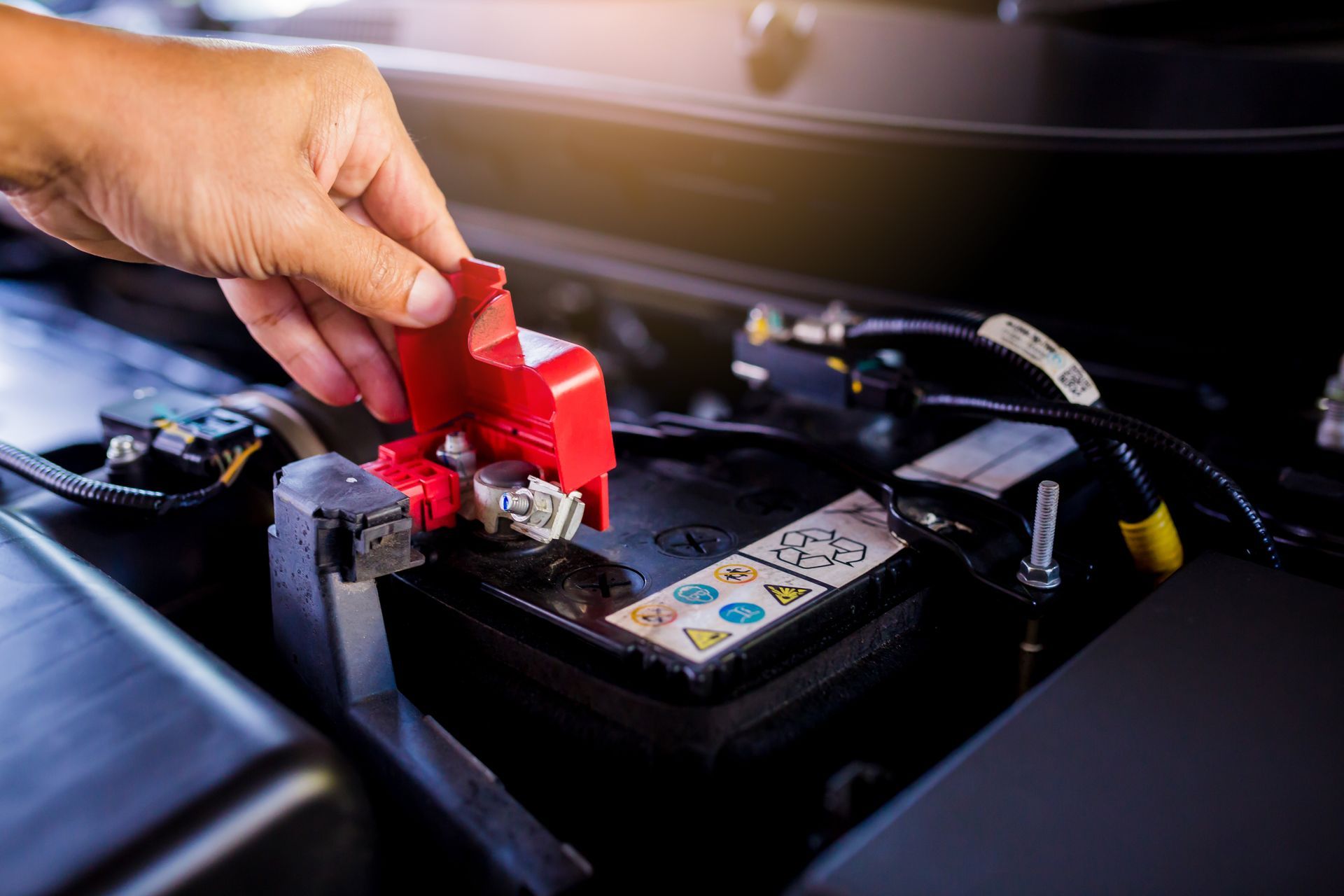Taking care of your vehicle doesn’t always mean spending a full day at the shop. While some repairs and inspections require professional tools and expertise, there are several maintenance tasks you can handle yourself with just a little time and the right information. By doing these simple jobs at home, you can save money, learn more about your vehicle, and keep it running smoothly between visits to your mechanic.
Why Basic Maintenance Is Needed
Every car has parts and fluids that wear out over time. If these aren’t checked and replaced regularly, they can cause bigger problems later. By tackling basic maintenance yourself, you can identify small issues before they escalate into costly repairs. It also helps you feel more confident about your car’s condition, especially before a long drive.
1. Checking and Topping Off Fluids
Your car relies on several fluids to keep it operating smoothly, and you don’t need to be a mechanic to check them. Start with the engine oil, using the dipstick to check the level and color. Oil that’s low or dirty should be replaced or topped off according to your owner’s manual.
Coolant, brake fluid, windshield washer fluid, and transmission fluid also need regular attention. Make sure each is at the proper level and looks clean. If you notice unusual colors, strange smells, or significant drops in fluid levels, it’s best to have us inspect your vehicle for leaks or other problems.
2. Replacing Windshield Wiper Blades
Clear visibility is critical for safe driving, and worn wiper blades can make it hard to see in rain or snow. You can usually tell it’s time for new blades if they streak, skip, or leave patches of water behind.
Most wiper blades can be replaced in just a few minutes. All you need to do is release the old blade from its clip, attach the new one, and make sure it’s secure. It’s a quick and inexpensive task that makes a big difference during bad weather.
3. Checking Tire Pressure and Condition
Underinflated or overinflated tires can reduce fuel efficiency, affect handling, and cause uneven wear. Use a tire pressure gauge to check each tire at least once a month, preferably when the tires are cold. Inflate them to the pressure recommended in your owner’s manual or on the sticker inside the driver’s door.
While you’re at it, inspect the tread for signs of uneven wear, bulges, or cracks. If you notice any damage or the tread looks shallow, it may be time for a replacement or rotation.
4. Replacing the Engine Air Filter
The engine air filter keeps dust, dirt, and debris from entering your engine. Over time, it can become clogged, reducing airflow and performance. Most filters are easily accessible under the hood and can be swapped out in minutes with just a screwdriver or no tools at all.
A clean air filter improves fuel economy, helps your engine breathe better, and can even enhance acceleration. Depending on your driving conditions, you may need to replace it every 12,000 to 15,000 miles, or more often if you frequently drive on dusty roads.
5. Cleaning and Protecting Your Battery
Corrosion on battery terminals can cause starting problems and electrical issues. You can prevent this by periodically checking your battery for buildup and cleaning it if needed. Use a mixture of baking soda and water with a small brush to scrub the terminals, then rinse with clean water and dry thoroughly.
While you’re checking the battery, make sure it’s securely mounted and the cables are tight. If you notice swelling in the battery case or it’s more than three years old, consider having it tested to see if it’s still holding a proper charge.
6. Keeping Your Car Clean
It might not seem like a maintenance task, but keeping your car clean inside and out protects its value and prevents damage. Dirt and road salt can wear down paint and cause rust, while debris inside can stain upholstery and create odors. Regular washing, waxing, and vacuuming help maintain your car’s appearance and prevent long-term issues.
Safety First When Doing DIY Maintenance
Even simple car care tasks require some caution. Ensure your vehicle is parked on a level surface with the engine off and the parking brake engaged before commencing work. Wear gloves when handling fluids, and dispose of any used materials according to local regulations.
Knowing When to Call a Professional
While these six tasks are easy to do yourself, some maintenance requires special tools and expertise. If you run into a problem you’re unsure about, it’s always safer to have a professional take a look. A trusted shop can handle more complex jobs like brake repairs, suspension work, or diagnosing warning lights.
Keep Your Car in Top Shape Year-Round
At Northside Auto in Lethbridge, AB, we encourage drivers to take an active role in caring for their vehicles. Doing these easy tasks at home is a great way to keep your car running well between professional services. When you need expert help, our team is here to handle everything from routine maintenance to major repairs.
Schedule your next service with us and enjoy the peace of mind that comes from knowing your car is in good hands.


